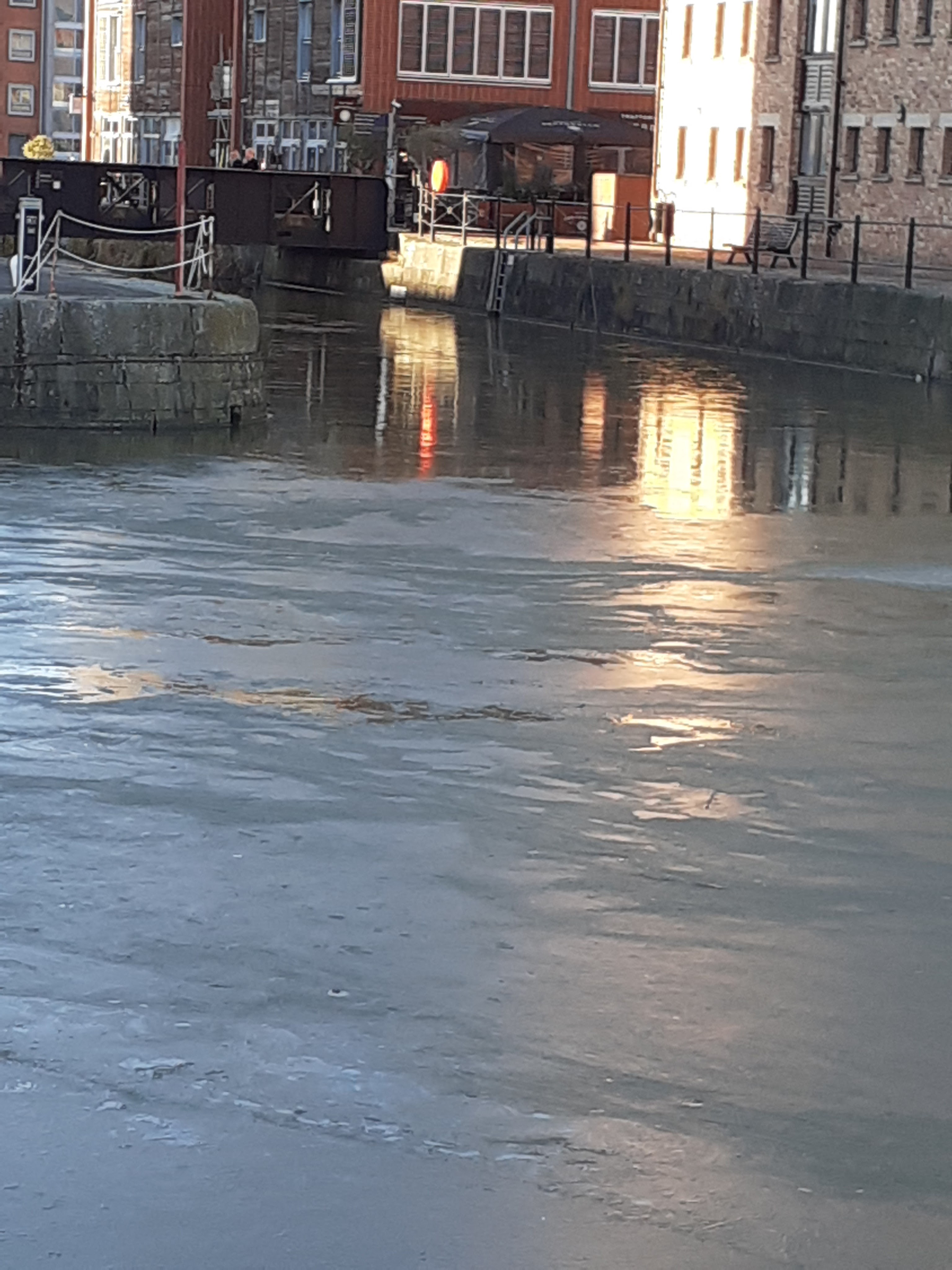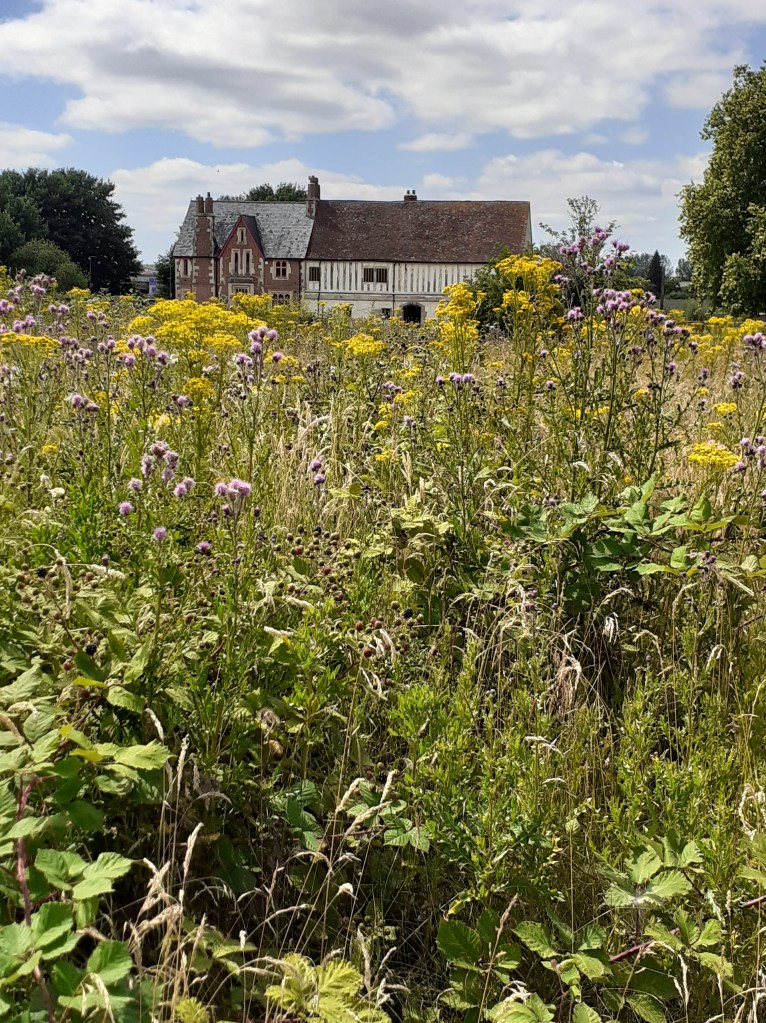MENTAL HEALTH UNDER SIEGE
“In Gaza, there is no ‘post’ [traumatic] because the trauma is repetitive and ongoing and continuous.” Dr. Samah Habr is Head of Mental Health Unit, Palestine Ministry of Health. She wrote these words in 2021, after the 11 day Israeli day air assault carried out in May of that year. It was the fourth war since the beginning of the blockade of Gaza in 2007. Recently I attended a Zoom event, predominantly for Amnesty International volunteers (1). Dr. Habr gave a presentation about mental health in the Palestinian territories occupied by Israel since 1967, with a focus on Gaza from 2007-2021, where there is good enough data to process scientifically. Clearly the situation is much worse today.
The blockade itself created deep poverty, an ongoing water crisis and a severe curtailment of opportunities. A mental health study of children at that time showed that 80% of Gaza’s children had experienced personal trauma and 54% met the official diagnostic criteria for PTSD. Dr. Sabr describes this prevalence of psychological trauma as ‘the disaster of helplessness’ and identifies three forms of it at play:
- chronic trauma prolonged. pervasive distressing events such as poverty and institutionalized discrimination
- inter-generational trauma psychological trauma experienced by the descendents of a person who has survived a traumatic event
- acute trauma an extremely distressing individual event
She goes on to use the word ‘humiliation’ to describe “the pervasive and fundamental experience of the Palestinian people as a whole, under occupation, underlying the varied military, social, economic, and human rights violations that have been imposed over generations”.

One of Dr. Sabah’s principles is that “we cannot treat what we do not acknowledge”. A psychiatrist herself, she says that the Western-based medical model of mental health, codified in the DSM series, is over-individualised. Palestine has few resources for mental health provision, and few mental health practitioners. (There have been some, even in Gaza – 12 of the 67 children killed in the 2021 action were participating in a trauma recovery program.)

Dr. Sabah introduces the concept of Sumud and defines it as a combination of of endurance and steadfastness, both individual and collective. A mental state as well as action oriented, it:
- is prosocial and community oriented
- fosters endurance and steadfastness
- enables defiance against oppression
- promotes solidarity
- is committed to keep loving despite injustice
Dr. Habr suggests that historical/collective trauma needs to be reprocessed collectively. “It can be alleviated through cohesive and collective efforts such as recognition, remembrance, solidarity, creativity, community psychology and mass cooperation. In youth work particularly (the Palestinians are predominantly a young population), a suggested model is that trauma informed-teachers, medical staff and parents offer community-based interventions in safe spaces – open studios, symbolic expression, theatre of the oppressed).
Dr. Sabr concludes that positive mental health cannot be achieved without justice. “Human rights are the cornerstone upon which mental health flourishes. Without dignity, without freedom, without justice, our emotional well-being is torn apart, leaving us adrift in a sea of suffering.”
All of the crimes in Israel/Gaza from 7 October 2023 have haunted me. This is my second second post about ongoing destruction of Gaza and the deadly consequences for its people (2). Do such posts have an appropriate place in my contemplative inquiry? Yes. If I am held within interbeing (3), I cannot separate myself from these events. If they enter my head, heart and dreams, they are present anyway. I am asked to be conscious and mindful or I will be prey to disabling distress and unskilful ideation. In an outer ripple kind of way, they become an issue for my own mental and emotional wellbeing.
There’s not much I can do other than be conscious and bear witness. But that, at least, is something. On behalf of her people Dr. Habr has asked the people of the West not to abandon them. So today I am moved to write about an aspect of Palestinian experience even in ‘normal’ times.
I believe that Dr. Habr has also given a gift to us. Reading her account of Sumud, it seems to me that its population based take on mental health is portable. I am confident that it can be applied with appropriate cultural modifications in other settings with potentially emancipatory results.
(1) Amnesty International, as anon-partisan human rights organisation, does not take a position on what an eventual settlement in Israel/Palestine should look like. But it does advocate an immediate cease-fire, an embargo on military sales, and a dismantling of the apartheid system operating in the whole territory both for Arab Israelis and Palestinians living under occupation. The event I attended included presentations on possible pathways to peace and Jewish opposition to the current war. For general information about Amnesty in the UK, see https://amnesty.org.uk/
(2) https://contemplativeinquiry.blog/2023/12/11/poem-if-I-must-die/
(3) https://contemplativeinquiry.blog/2018/05/10/the-notion-of-interbeing/

Picture Credit: Dr. Samah Jabr










